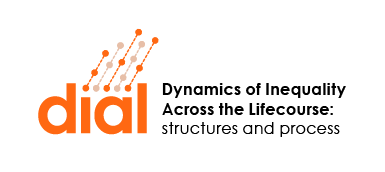Background
An association between social disadvantage and early language development is commonly reported in the literature, but less attention has been paid to the way that different aspects of social disadvantage affect both expressive and receptive language in the first 2 years of life.
Aims
To examine the contributions of gender, parental report of early language skills and proximal social variables (the amount of stimulation in the home, the resources available to the child and the attitudes/emotional status of the primary carer and the support available to him/her) controlling for distal social variables (family income and maternal education) to children’s expressive and receptive language development at 2 years in a community ascertained population cohort.
Methods & Procedures
Data from 1314 children in the Children in Focus (CiF) sample from the Avon Longitudinal Study of Parents and Children (ALSPAC) were analyzed. Multivariable regression models identified the contribution of proximal (what parents do with their children) measures of social disadvantage adjusting for more distal (e.g., family income and material wealth) measures as well as early language development at 15 months to the development of verbal comprehension, expressive vocabulary and expressive grammar (word combinations) at 2 years of age.
Outcome & Results
In the final multivariable models gender, earlier language and proximal social factors, co-varying for distal factors predicted 36% of the variance for expressive vocabulary, 22% for receptive language and 27% for word combinations at 2 years. Language development at 15 months remained a significant predictor of outcomes at 24 months. Environmental factors were associated with both expressive scales but the picture was rather more mixed for receptive language suggesting that there may be different mechanisms underlying the different processes.
Conclusions & Implications
This study supports the argument that social advantage makes a strong contribution to children’s language development in the early years. The results suggest that what parents/carers do with their children is critical even when structural aspects of social disadvantage such as family income and housing have been taken into consideration although this relationship varies for different aspects of language. This has the potential to inform the targeting of public health interventions focusing on early language and pre-literacy skills on the one hand and home learning environments on the other and, potentially, the two in combination.
